Introduction: The Overlooked Dangers Lurking in Plumbing Workshops
Every plumber, whether a seasoned professional or a passionate DIYer, knows the importance of a well-organized workspace. Yet, even the most experienced can overlook hazards that lurk in the corners of their plumbing workshops. These aren’t just the obvious risks, like sharp tools or slippery floors. Hidden dangers—from improper chemical storage to unseen fire hazards—can turn a productive day into a dangerous one in seconds. Ensuring workshop safety is about more than just compliance; it’s about safeguarding your health, your investment in tools and materials, and your peace of mind.
Most guides on plumbing safety focus on jobsite practices or basic tool handling. But what about the space where you prep, plan, and store your gear? A plumbing workshop is the nerve center of your operation. If it’s unsafe, every project you take on carries unnecessary risk. This comprehensive guide dives deep into the often-ignored safety pitfalls found in plumbing workshops, offering detailed fixes and best practices. Whether you’re running a busy business or tackling weekend projects, these actionable strategies will help you create a safer, more efficient workspace for all your plumbing needs.
1. Chemical Storage and Handling: The Invisible Threat
1.1 Common Plumbing Chemicals and Their Risks
Plumbing projects often require adhesives, solvents, pipe cements, fluxes, and cleaning agents—each with unique hazards. Many release volatile organic compounds (VOCs) or are highly flammable. Prolonged exposure, even at low levels, can cause respiratory issues, skin irritation, or worse. Improper storage increases the risk of accidental mixing, spills, or fire.
1.2 Best Practices for Safe Storage
- Dedicated Cabinets: Store chemicals in lockable, well-ventilated cabinets clearly labeled for hazardous materials.
- Segregation: Keep acids, bases, and flammables separated to prevent dangerous reactions.
- Secondary Containment: Use trays or bins to contain leaks or spills inside cabinets.
- Original Containers: Always keep chemicals in their original, labeled packaging. Never use drink bottles or food containers for storage.
- Inventory Control: Regularly check expiration dates and dispose of outdated or unused chemicals according to local regulations.
1.3 Proper Handling Procedures
- Always wear appropriate gloves and eye protection when using chemicals.
- Ensure good ventilation—use exhaust fans or open windows when working with VOC-emitting products.
- Keep a spill kit (absorbent pads, neutralizing agents) within easy reach.
- Never eat or drink in areas where chemicals are handled.
2. Tool Hazards: Beyond the Obvious
2.1 Power Tools: Electrical and Mechanical Risks
Power tools are essential in plumbing, but misuse or neglect can cause severe injuries. Extension cords, especially in damp environments, are a major electrical hazard. Dull blades or worn parts also increase risk.
- Ground Fault Circuit Interrupters (GFCIs): Install GFCI outlets in your workshop, especially near sinks or where water is present.
- Tool Maintenance: Sharpen blades, lubricate moving parts, and replace worn cords or switches regularly.
- Proper Storage: Store tools on racks or in cases to prevent accidental drops and keep cords untangled.
- Personal Protective Equipment (PPE): Always wear safety glasses and hearing protection when using power tools.
2.2 Hand Tools: Small But Dangerous
Hand tools like pipe wrenches, cutters, and torches might seem harmless but can cause pinches, cuts, or burns.
- Inspect tools before each use for cracks, rust, or loose handles.
- Keep cutting edges sharp to reduce slippage.
- Store torches and gas canisters upright and away from heat sources.
- Use insulated grips when working near live wires.
3. Fire Safety: More Than Just an Extinguisher
3.1 Fire Hazards in Plumbing Workshops
With flammable chemicals, soldering torches, and electrical equipment, plumbing workshops are at higher risk of fire than many realize. Storing rags soaked in solvents, overloaded outlets, and cluttered workbenches only make matters worse.
3.2 Practical Fire Prevention Measures
- Fire Extinguishers: Place a multi-class fire extinguisher (ABC-rated) near exits and work areas. Inspect monthly and replace as needed.
- No Smoking Policy: Enforce a strict no-smoking rule inside the workshop.
- Proper Soldering Practices: Use heat shields and keep a bucket of sand or water nearby when soldering.
- Electrical Load Management: Avoid daisy-chaining power strips; distribute load across circuits.
- Rag Storage: Store oily or solvent-soaked rags in a fireproof, self-closing container.
4. Air Quality and Ventilation: The Hidden Health Risk
4.1 Why Ventilation Matters
Many plumbing tasks release fumes, dust, or particulates. Poor air quality can cause headaches, nausea, or long-term respiratory problems. Workshops often lack adequate airflow, especially in basements or garages.
4.2 Steps to Improve Air Quality
- Install a mechanical exhaust fan vented to the outside, not just into another room.
- Use an air purifier with a HEPA filter for fine particulates.
- Keep windows open when weather permits.
- Regularly clean dust from surfaces and use a vacuum with a HEPA filter.
- Limit in-shop use of spray adhesives or paints to emergencies; otherwise, work outdoors or in well-ventilated areas.
5. Slips, Trips, and Falls: The Everyday Danger
5.1 Causes of Slips and Trips
Water, oil, and chemical spills are routine in plumbing workspaces. Tools, hoses, and extension cords left on the floor are prime tripping hazards. Poor lighting compounds the risk.
5.2 Prevention Strategies
- Use anti-slip mats in wet areas and near sinks.
- Clean up spills immediately—keep absorbent materials nearby.
- Install bright, shadow-free LED lighting.
- Implement a “clean as you go” policy to keep floors clear of debris.
- Secure hoses and cords using hooks or cable organizers along walls.
6. Ergonomics and Manual Handling: Preventing Long-Term Injuries
6.1 The Cost of Poor Ergonomics
Lifting heavy pipe bundles, working in awkward positions, or standing on concrete for hours can lead to chronic back, neck, and joint pain. Over time, these issues reduce your effectiveness and enjoyment of plumbing work.
6.2 Ergonomic Improvements
- Install adjustable-height workbenches to reduce bending and stooping.
- Use anti-fatigue mats if you stand for long periods.
- Store heavy items at waist height—never on the floor or above shoulder level.
- Use carts or dollies to move bulky materials.
- Learn and practice proper lifting techniques: lift with your legs, not your back.
7. Electrical Safety: Hidden Shocks and Arc Risks
7.1 Common Electrical Hazards
Many plumbing workshops were never designed for heavy tool use. Overloaded circuits, ungrounded outlets, and exposed wires are common. Water and electricity—a frequent pairing in these spaces—make the risks even higher.
7.2 Upgrading for Safety
- Hire a licensed electrician to inspect and upgrade wiring where necessary.
- Install GFCI outlets in all wet or damp areas.
- Label circuit breakers clearly and keep a panel map on the wall.
- Never use tools with frayed cords or exposed wires.
- Keep electrical panels and outlets clear of obstructions for quick access.
8. Emergency Preparedness: Are You Ready?
8.1 Essential Emergency Equipment
- First-aid kit stocked with bandages, burn cream, eye wash, and gloves.
- Emergency eyewash station or bottle for chemical splashes.
- Clearly marked exits and an evacuation plan, even in a home workshop.
- List of emergency contact numbers posted by the phone and first-aid kit.
8.2 Training and Drills
Practice basic first-aid procedures with your team or family members. Review the location and use of fire extinguishers and eye wash stations every six months. Regularly walk through “what if” scenarios to ensure everyone knows what to do in case of fire, chemical spill, or serious injury.
9. Staying Organized: Safety Through Order
Clutter isn’t just unsightly—it’s unsafe. Searching for a tool in a pile increases the risk of cuts, trips, and accidents. A well-organized workshop is a safer, more productive one.
- Use labeled bins and racks for different tool categories.
- Implement a “shadow board” for hand tools—outlines show where each item belongs.
- Schedule a monthly cleanup and safety inspection.
- Adopt a one-in, one-out policy for tools and supplies to prevent overcrowding.
10. Safety Culture: Making It Stick
A safe workshop isn’t the result of a single cleanup—it’s a mindset. Encourage everyone who uses the space to take responsibility for safety. Post reminders, hold monthly tool and safety checks, and reward attention to safety habits. The more proactive you are, the fewer accidents you’ll have, and the more enjoyable your plumbing projects become.
Conclusion: Transforming Your Plumbing Workshop Into a Safe Haven
It’s easy to overlook the hidden dangers in your plumbing workshop, especially when you’re focused on getting the job done. But taking the time to identify and address these risks isn’t just about ticking off a safety checklist—it’s about protecting your health, your investment in tools and materials, and the people around you. Every hazard you eliminate is one less interruption to your workflow and one more layer of peace of mind.
Start with small, actionable changes: organize your chemicals, upgrade your ventilation, and inspect your tools. Over time, these improvements add up to a drastically safer environment. Remember, safety is an ongoing process. Regular reviews, proper storage, and open communication about risks are key to maintaining high standards. By making safety an integral part of your workshop routine, you’re not just complying with regulations—you’re setting yourself up for long-term success and enjoyment in every plumbing project you tackle.
Don’t wait for a close call to prompt action. Transform your plumbing workshop into a safe haven today, and enjoy the confidence and efficiency that come with a truly hazard-free workspace.
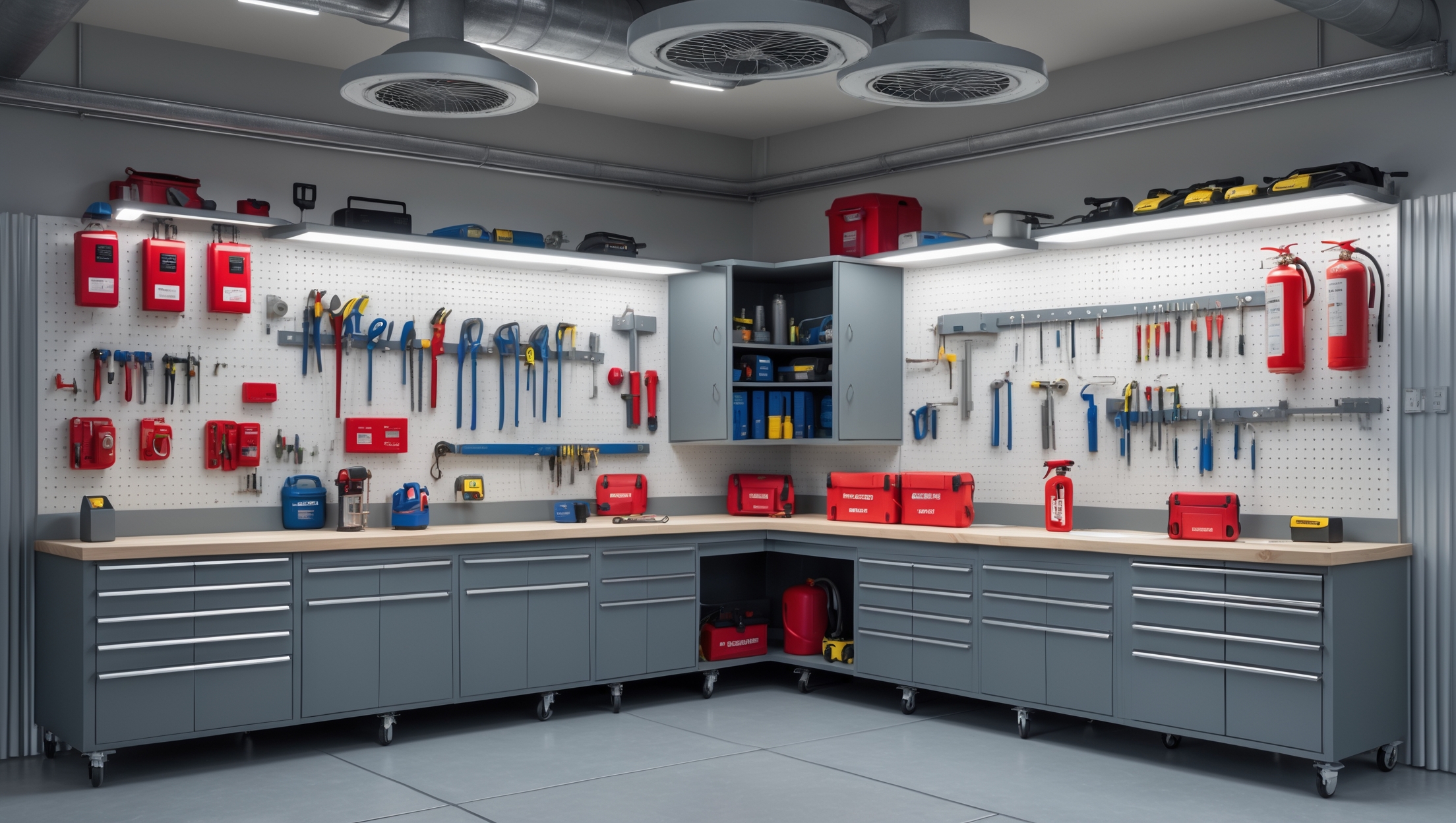



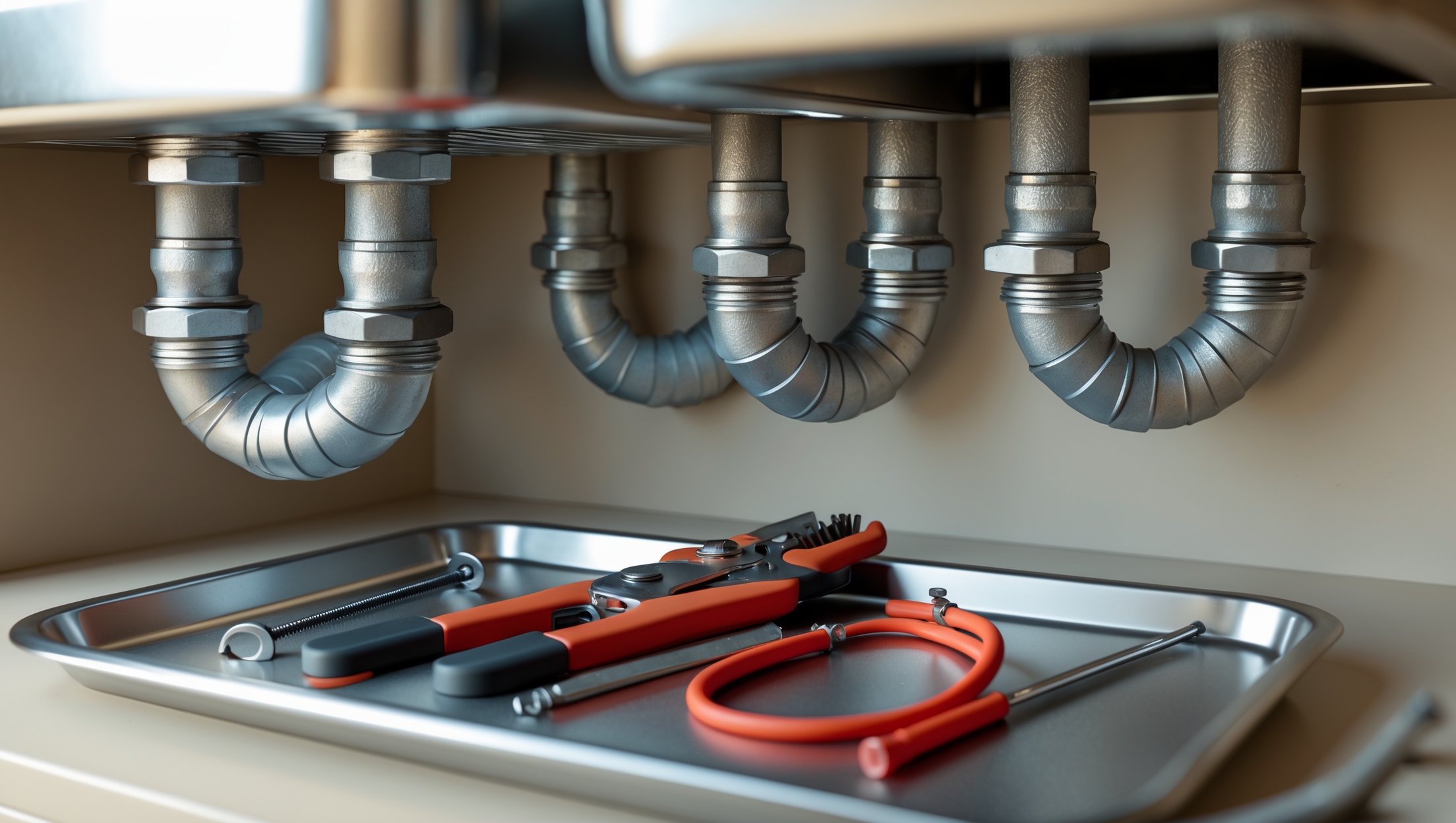
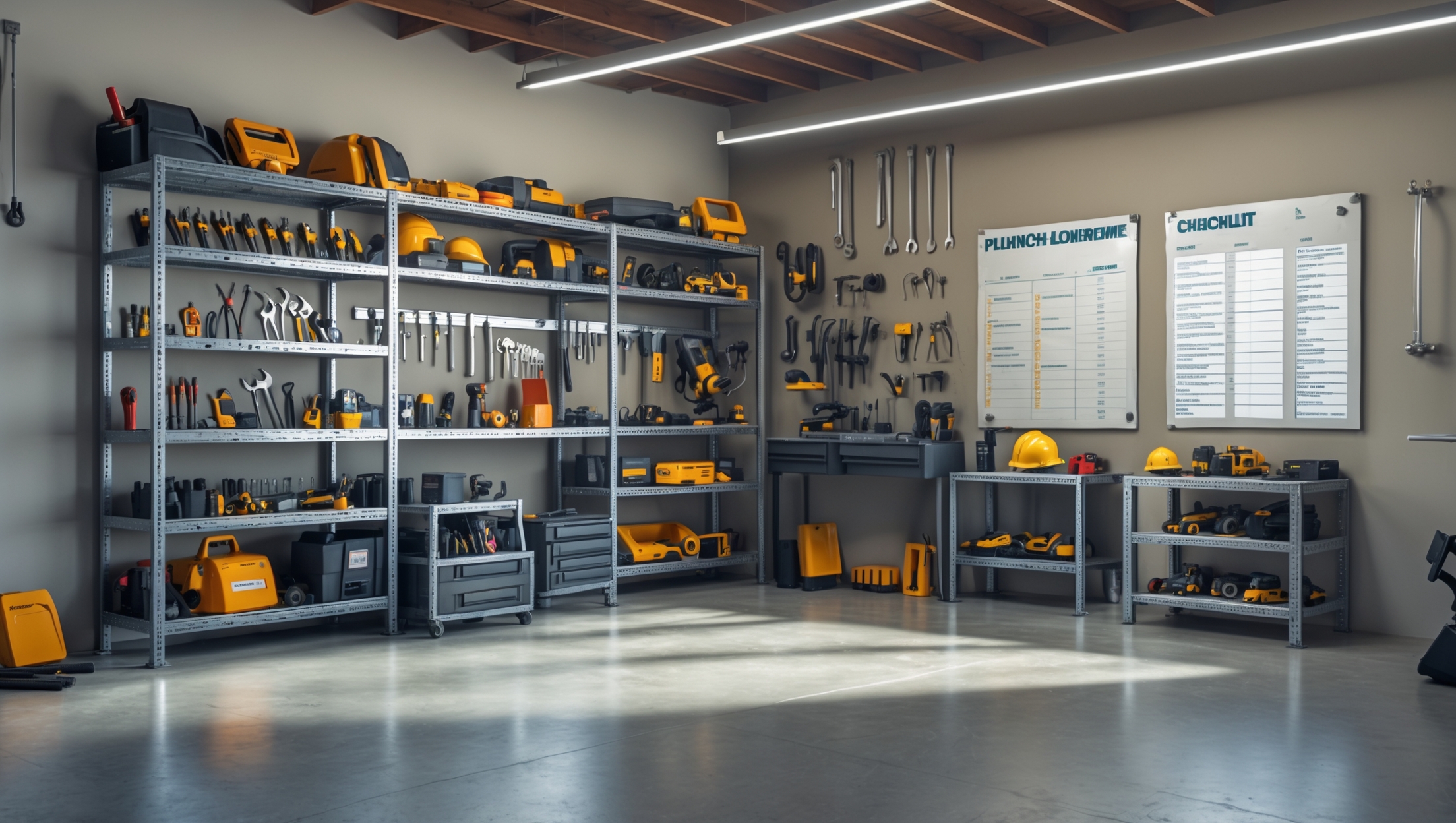


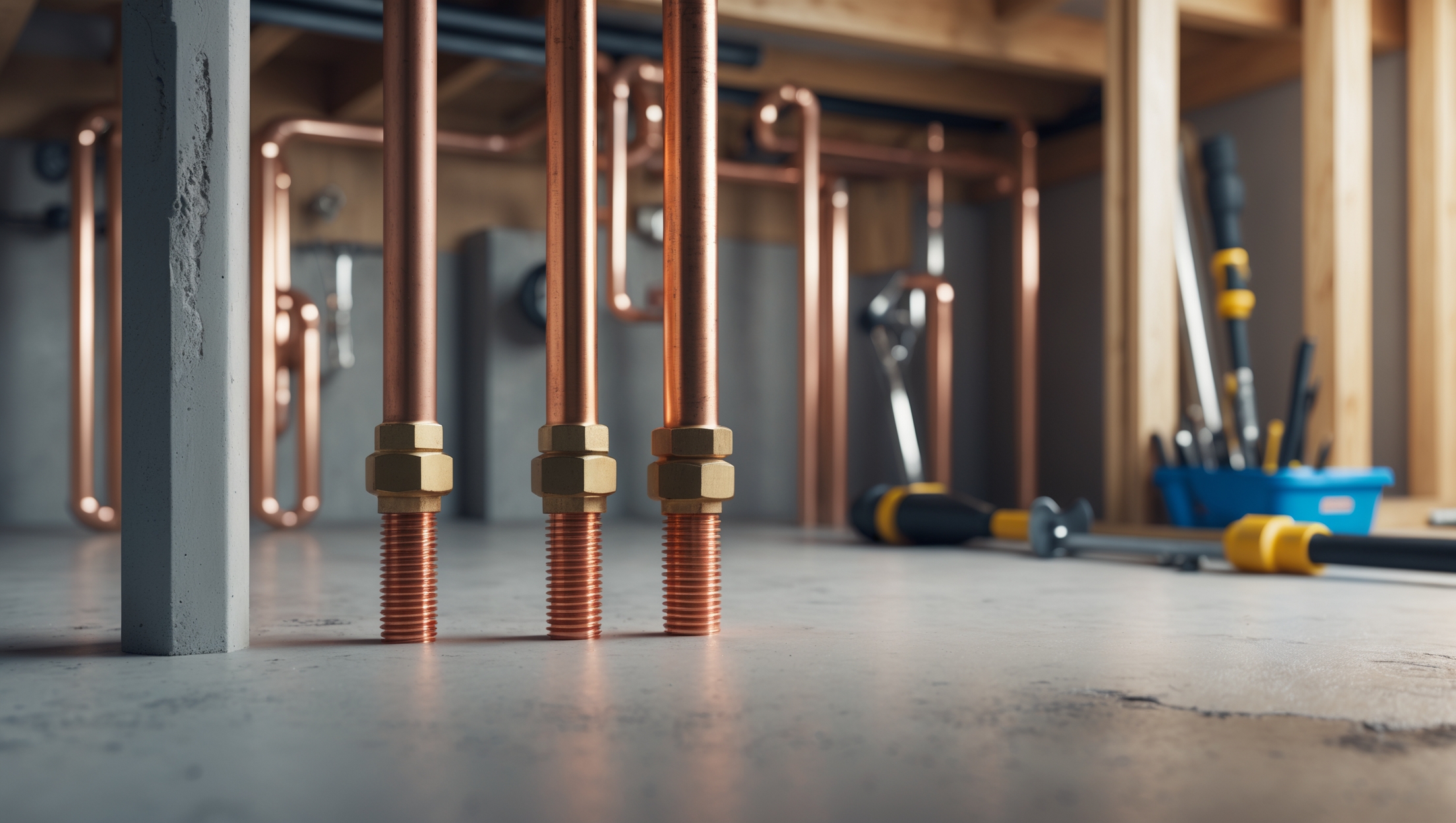
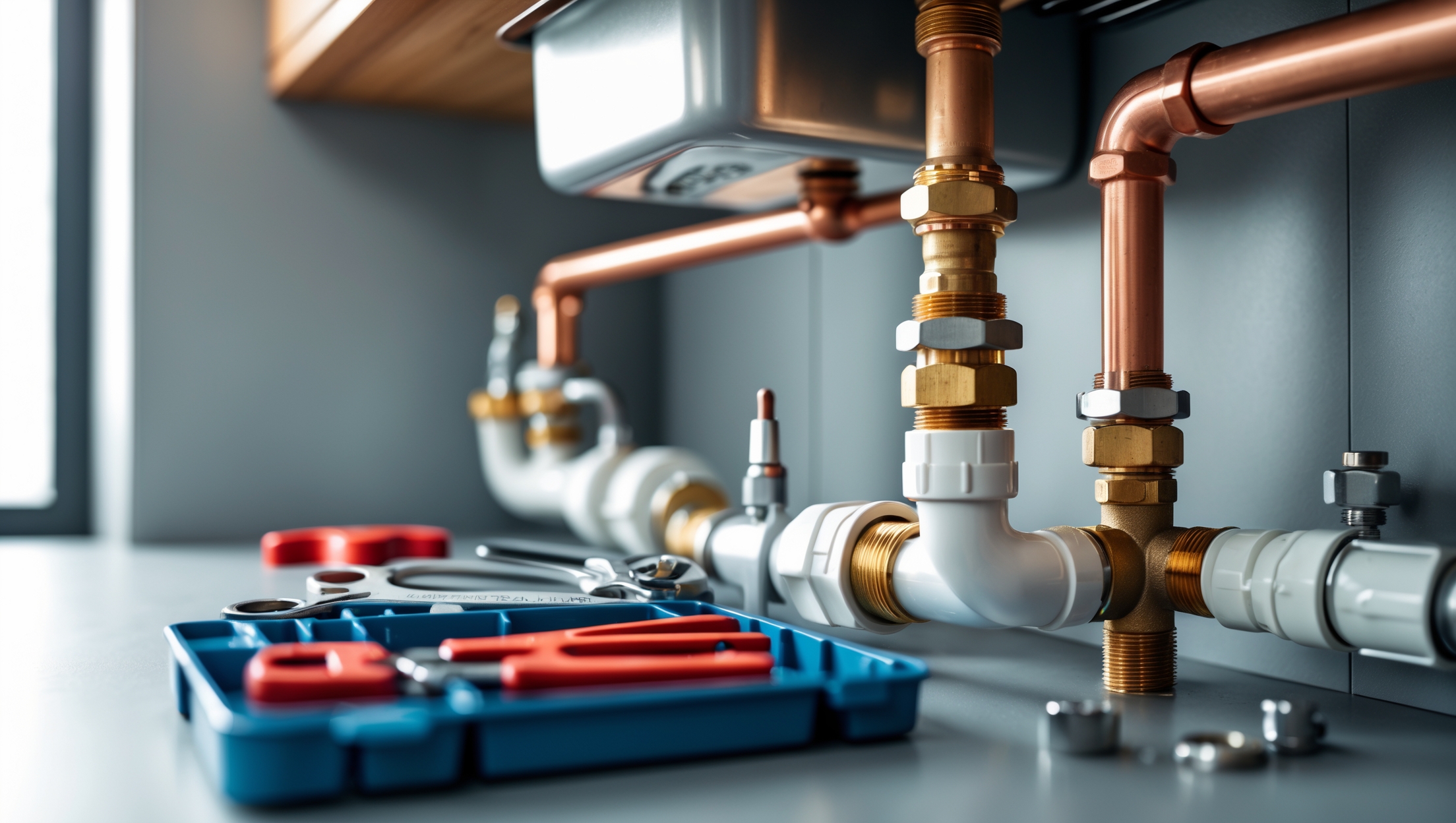
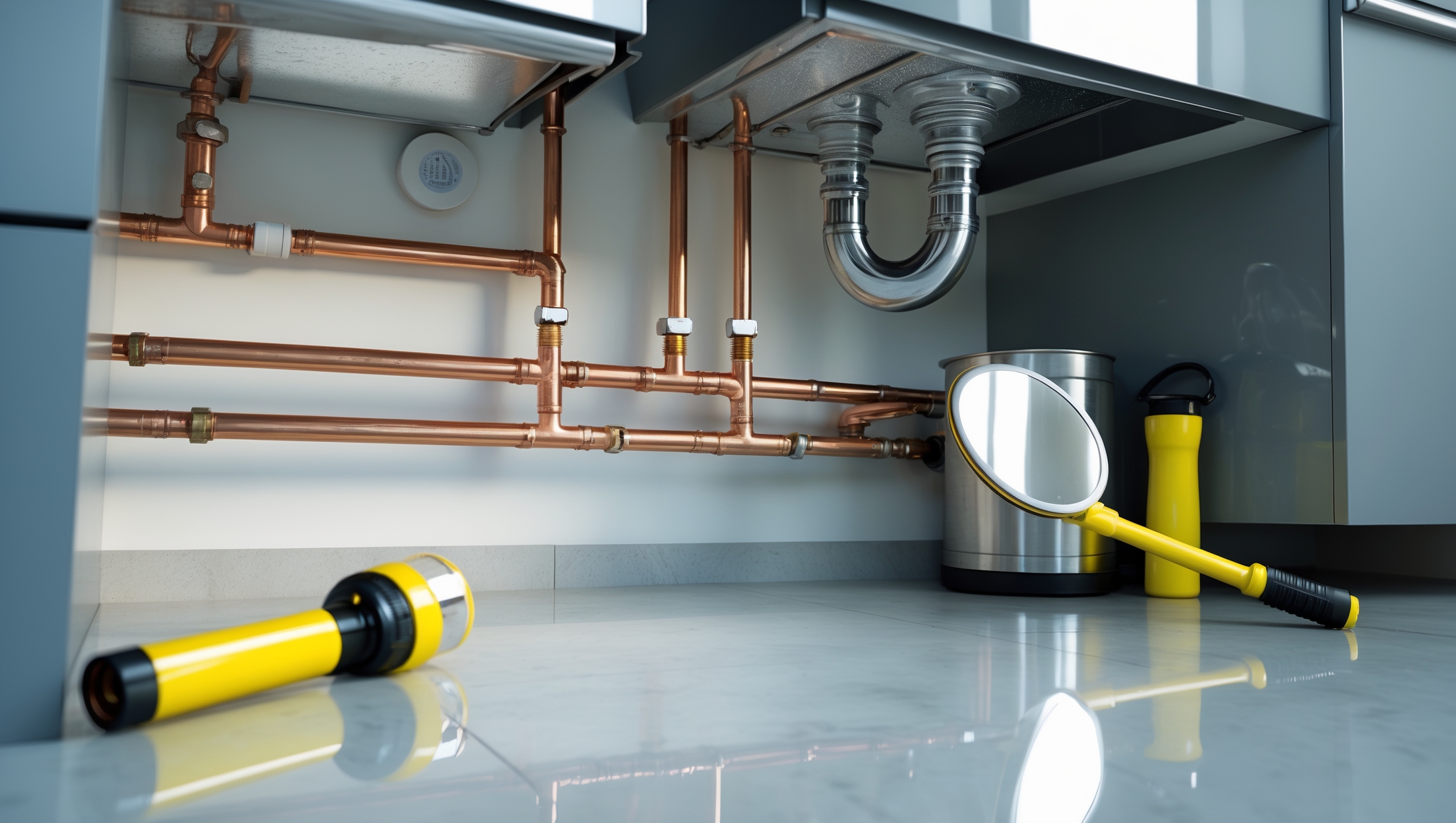
Jennifer Williams
If I suspect there’s already been some improper mixing or lingering residues from old chemical spills in my workshop, what steps should I take to clean things up safely before reorganizing my storage?